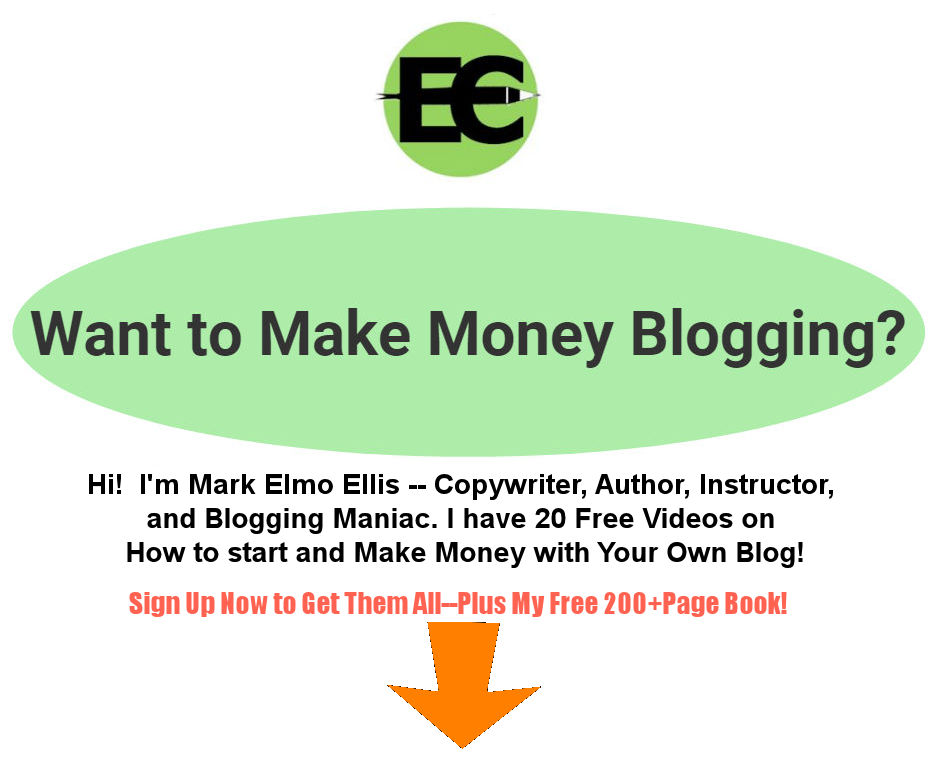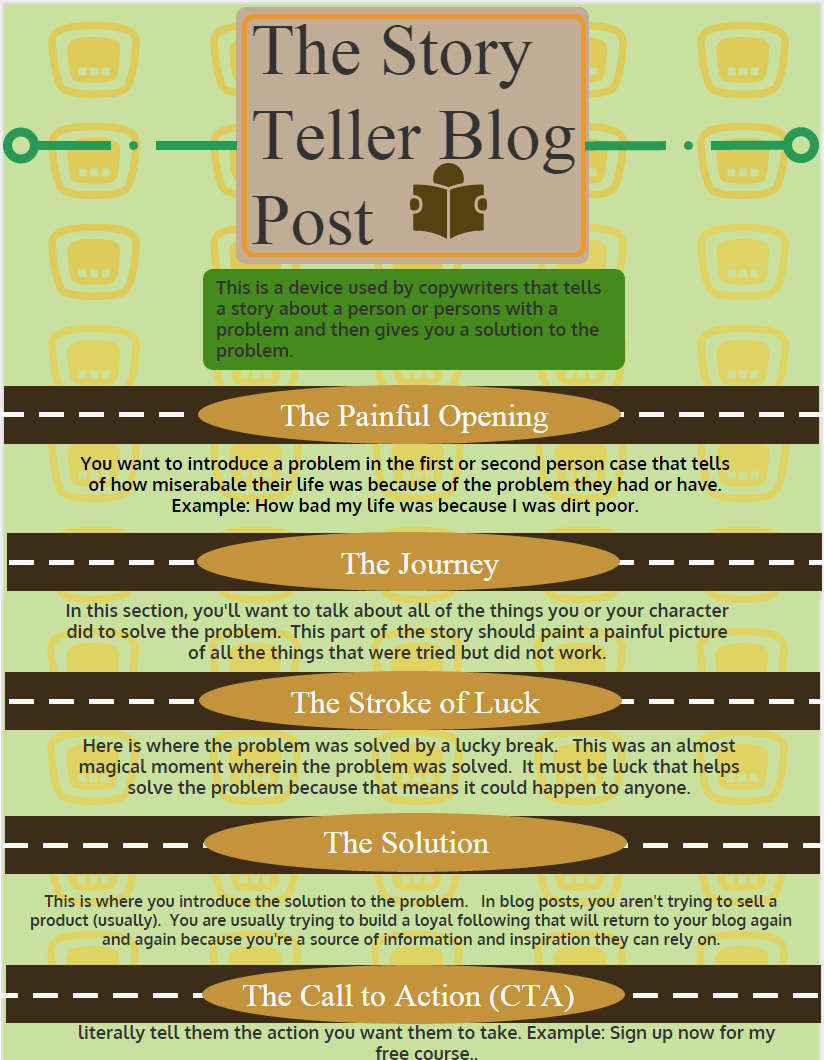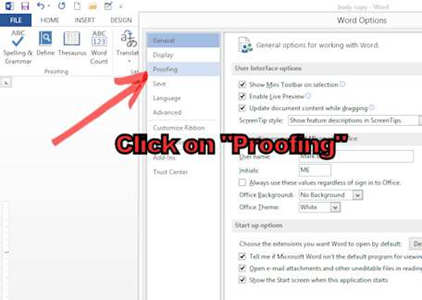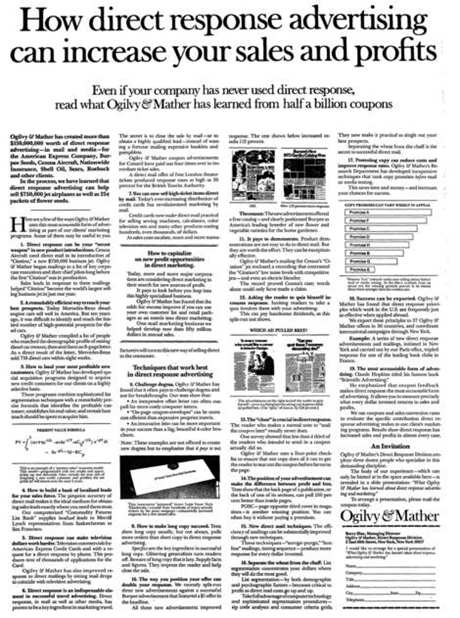This is part three of a series of posts on how to write a blog post that’ll get you maximum trajectory.
In this particular post, I’m going to show you how write the bulk of your post so that you can hammer it out with as little difficulty as possible.
If you’ve done the prep work , you’ll be able to write your post with relative ease.
I hope this session will help you write your posts with as little hassle as possible.
Enjoy!
Why You Need to Make Your Blog Post Stand Out
I recently had a conversation with a good friend and we both came to the conclusion that there was entirely too much information in the world. (Yeah, we’re geniuses.)
Let’s look at the stats on this:
- There are about 1,053,000 books published a year in the U.S. alone
- Since 2010, eBook sales have jumped 117% making a big dent in the sales of published books
- One hour of YouTube video is uploaded every minute
- In 1999 there were fewer than 3000 websites and now there is over a billion
- The lifespan of the average website is a mere 100 days
- Russia has over 7,300 TV stations, China has over 3000 and the U.S. has over 2000.
As you can easily see, information is getting a virtual workout.
Just the other day, I went to a rather prominent website about blogging and it was addressing the problem of why people weren’t doing well in their blogging efforts.
The subhead said, “Create Killer Content” and had about 200 words on the subject.
My reaction was, “Yeah, no kidding.”
My friend and I also concluded that in the extremely near future (like say…right now) the quality of information will have to be much better.
No longer will the quick and easy road of giving simplified answers or making horribly edited videos going to cut it.
The information will have to be far better, offering quality formatting, compelling content, and handing readers information that they can digest and use quickly.
In other words―the seekers are going to get far more sophisticated in their tastes.
Must Know Basic Facts About Blog Posting
If you’re going to do blogging for any type of business or venture, whether it’s selling door knobs or creating content for a charitable organization, you need to make the best content humanly possible.
Here are some facts about blog posts that you may find interesting:
- Blog posts with 3000 words or more get far more traction in the search engines than 500 word posts.
- Posts that have a large, relevant graphic at the top will gain more readership than posts that do not
- Posts that use bulleted lists engage readers more than posts that don’t
- Headlines with numbers in them are read far more frequently than posts that have standard headlines in them. (Example: 10 Ways to Write a Better Blog Post)
- Posts that include relevant videos get ranked higher in the search engines.
- Posts that frequently use infographics in them get higher readership.
- Blogs that are interactive usually get higher return visits than blogs that do not.
- Vlogs (Video Blogs) that have good quality videos, rise to the top of the search engines for relevant keywords much quicker than standard posts.
These were just some of the main factors that are currently ruling the blogosphere, and as we’ve seen since the late 1990’s, they’re subject to change.
Making a HUGE Dent in the Blogosphere
Believe it or not, well before the birth of the Internet there was a cadre of writers that had this content thing figured out.
They were called “advertising copywriters”.
These were writers that sold products using nothing but words. The top writers in this industry had their craft down to a science, and many of them made millions of dollars from their craft.
If you really want to create body copy for your blog that will kill it on the blogosphere, I would suggest following some of these writers and studying what they are doing:
Jon Morrow – An incredible blogger that makes six figures a month. I’ve personally taken his “Guest Blogging” course and it was one of the best courses on the planet for blogging.
Neil Patel ― He has written extensively about SEO and blogging, and is a superstar Internet marketer at a very young age.
John Carlton ― One of the best copywriters living today has generated millions of dollars for his clients and written some of the best advertising copy ever.
Gary Halbert ― The late copywriting genius that is referred to as “The Prince of Print” is still considered to be the holy grail of copy writers. You can read archives of his letters and copy here: Copywriting Genius.
There are loads of great blog and copywriters out there and those are just a few that stand out to me.
But the bottom line is; if you want your blog posts to really stand out from the crowd, then keeping advertising copy principles in place will greatly increase your chances of getting read and taken seriously.
The Different Types of Blog Posts
Since I have personally studied and written both advertising copy and blog posting, I have come to the conclusion that there are a many similarities between good ad copy and good blog posts.
This post is going to show you how to write the body copy of your post, while keeping the ides and tactics of advertising copy and ad copy elements.
If you follow the outline procedure that I presented to you in the post on subheads, you’ll have a good idea of how to outline your post. Once you have your research, headline, and subheads in place, you can then begin to craft your epic blog post.

Different Strokes for Different Folks
There are several different perspectives you can use to write your blog post, and depending on the type of writer you are, you can decide on which of these formats you want to focus on and use.
Copywriters use these devices sometimes interchangeably from one client to the next, but you can still use some of them to make your blog posts more interesting.
“Just the facts, ‘Ma’am” Blog Post
In copywriting, this is your basic post wherein you just introduce a product or service. In the realm of blog posting this would be just your basic blog post that lets people know something has happened or about something that is going to happen.
It is just very informative in nature and has no bells, whistles or any other type of devices that needs to hammer or sell a product, service or idea.
“The Storyteller” Blog POst
This is the copywriting device that seems to be used the most and you can very easily use parts of it to draw people into your blog post.
If you’ve watched any infomercials for more than 5 seconds you’ll see some of this pattern emerge.
Trauma (Crisis, Problem) –> Looking for a solution –> Personal Revelation –> Salvation (Product, or Service) –> Value of solution –> Unbelievable Low Price –> Bonuses –> Call to Action
Since you are just writing blog posts, you won’t be using all of these steps, but the basic premise is:
Here’s the problem, and here’s the solution.
Usually this copy or post will present a grim proposal or situation that resonates with the reader. Just like any advertising copy or blog post, this always works better when the reader is looking for a solution that you have.
There are four main sections of your post or copy that you need to be aware of:
- The Painful Opening – In this section you’re going to paint a grim picture of what the reader is experiencing, fearing or trying to get out of. You want to make it sound dramatic and painful enough to draw the reader in because they can identify with it.
- The Journey – This is where Odysseus is trying to get back home to his woman. The part wherein the main character is trying to get a solution to his problem.
In advertising copy it looks something like this:
“I tried everything I could to cure my backache, yet nothing worked. I tried pills, weight loss, different types of mattresses, and even sleeping on the floor! Nothing worked!!”
This type of dialogue about the journey that the person is on can sometimes go on for pages.
But the main idea is that the person is looking for a solution and can’t seem to find it.
- The Stroke of Luck – In this section, your protagonist accidentally finds the solution to the problem. It wasn’t because he was smarter, braver or wiser, it was because he was lucky.
Why?
Because with luck anyone can do it!
If you wrote:
“One day I found the solution to my problem, because I had a degree in medicine and was a licensed chiropractor.”
Versus: “ Luckily, one day I was talking to a friend and he just happened to give me the book, “How to Crack Your Back Pain in One Day” At first I was skeptical, but once I read the solution my back got better, the air smelled fresher and I now have a new job!”
Which way do you think resonates better with the average Joe?
- The Solution – In ad copy, you’ll introduce the product somewhere along this point, but in blog posting, unless you’re talking about an actual product that you’re going to be using, you’ll just show the reader how to fix the problem.
- The Call to Action (CTA) – In advertising copy, this is where you’ll literally tell your audience to take some sort of action. You may think that a CTA has no place in a blog post, but you’d be wrong; you even have to use them in your blog posts. If you look at the end of most of my blog posts you’ll notice I end them with something like this:
“Now that you know how to write a great newsletter article, you have enough ammo to go out and write inspiring commentaries that everyone will want to read. Take these tips I’ve given you and use them in your articles and you’ll see your readership increase as well as your subscription rate.
Don’t forget to comment on this post and let me know how you liked it…”
See how I did that?
You’ll also want to inspire your reader and spur them on to take some sort of action.
Write Your Post Like You Talk…Conversational
Basically, this is where you write like you’re having a conversation with a person sitting across the table from you. I usually try to write all of my posts like this and I recommend that you do the same.
You can combine this type of conversational copy with the other types of copy listed above but you have to remember to keep this type of writing in the context of your audience.
What do I mean by that?
Well, if you’ve done your initial research, you’ll know that you need to speak in terms, manners and about things that matter to your herd.
A college aged entrepreneur uses terms, and ideas much more differently than a fifty-three year old accountant.
So you need to be very familiar with your audience.
Dan Kennedy, the famous marketer, actually goes to visit and interview people that are in the target market that he is writing to.
In his words:
“I want to know everything I can about the person I’m selling to. What he wears, how he eats, the terms he uses, how he handles his money; I need to have the absolute best picture of this person that I can.”
The more you know about the market you are writing to, the much easier and better your writing for your target market will be.
There are other styles of writing for an advertisement, but with blog posts, unless you’re writing for a highly technical crowd, you’ll want to keep it mostly conversational and casual.
The Basics of Writing a Blog Post
Before you start writing your post, there are a few basics that you’ll want to keep in mind as you write.
Rule 1: Make it personal as possible.
As I stated in the previous section, you’ll want to make sure that you thoroughly know, understand and relate to the people you’re writing to.
To take that idea a step further, you’ll want to write just like you are speaking directly to a person that is by themselves.
Try to make it sound as personal as you can.
If you’ve done your homework, you should know a ton about your target market and that will enable you to write in a way that speaks directly to them; it will almost seem like you’ve been reading their mail.
Imagine yourself sitting across a coffee shop table talking explaining to a friend what it is you want them to know. Use the type of slang that they would use, phrase your sentences and ideas in a casual and informal tone.
Rule 2: Dumb it Down
Please don’t think I mean this in a bad way. However, you want to make sure that you’re not speaking over the heads of your audience.
If you are writing your blog for college professors and high-level officials at a chemical plant, then put on your Poindexter glasses and let the 5 syllable words fly.
However, if you’re writing for the general public, then you’ll need to lighten up a bit…
… like say…down to the eighth – grade level.
No kidding.
Turns out that the average person today reads at about the eighth grade or less, so you need to write simply and clearly.
If you are using Microsoft Word to write with, there’s an easy tool built into the word processor that you can use called the Flesch – Kincaid Grade Level Option
To use this tool in Microsoft Word, go to File –> Options –> Proofing
Just below the center of the screen you should see a box that says “Show readability statistics” and put a check in the box next to that.
Hit the “OK” button in the word options box.
Once you do that, you’ll be taken back to the document that you were working on.
Now, when you are ready to proof your document and see what grade level you’re writing at, you can click on the Review Tab at the top of Microsoft Word Page and click “Spelling and Grammar”.
Once you do a spelling & grammar check, you should see a box that pops up that looks like this:
If you are in the 8.0 to 8.5 or so range, you should be alright, anything above that and you may lose your audience.
If you find that you are above that a simple solution would be to go through the text and find the bigger, more complex words and see if you can use smaller, more familiar words to replace them with. A real easy way to do this would be to use the Thesaurus feature under the Review tab in Microsoft Word.
Rule 3: Use Contractions in Your Blog Post
If you’re not familiar with using contractions they’re real simple to figure out, especially since I just finished using one in this sentence. (You are = you’re.)
Using these devices in sentences will serve two purposes. First, it’ll make your writing seem more conversational and second, it will help you break up a more formal tone to your post if that’s what you want to do.
Just like anything else, you don’t want to overdo it. Just salt and pepper them throughout your post or article so it’ll seem natural and relaxed.
Rule 4: Format Your Post for Easy Reading
Writing for the Web is much different than writing for the digital world. Studies have shown that people look at the printed page much differently than they do a blog post or a webpage.
So, you will need to format your blog posts differently.
As we discussed in an earlier post, use headers and subheads to break up your post. If you haven’t read my post on how to write these units, you should go back a few posts and check it out.
The main reason for subheads is to break up the text for people that like to skim articles.
If you’ve written good, relevant subheads, a person that skims your blog should be able to get the gist of what you’ve written and what your entire post is about.
This is what advertising copywriters have been doing for eons and it works so well it’s pure gold.
Use lists whenever you can. I like to use bullet statements as well as numbered lists. Once again, this will break up your blog piece so that it is easier on the eyes. In advertising copy, lists of this nature are used to present lists of benefits or features.
With blog posts, you can do the same thing as well as use these lists for giving step by step directions and instructions.
Format the post to make it more interesting.
If you look at work by the best ad copy men in the business, you’ll see that they’ll do everything and anything with their writing look more interesting.
They underline key points, use bold lettering as well as italics to make sure important points get read. They will do virtually anything to make sure that the
In the example below, you’ll see a sample by one of the top advertising copywriters in the business. Notice the use of bold lettering, italics, dynamic subheads, lists and other elements that make up the print. ( Of course, Webpages use much shorter paragraphs than a printed example like this.)
Note: I do realize that this image of my example copy is blurry. I merely want you to see all of the text formatting used as well as how much it is used.
Use a Picture at the Top of Your Post
Studies and statistics have shown repeatedly that a picture of some sort will get readers to look at your article.
Here’s my personal strategy: If you can make it interesting and somewhat relevant to your post, then so much the better.
However, don’t mislead your reader. Years ago, someone got the brilliant idea to put the word “Sex” in bold letters and then immediately the advertisement said, “Now that I’ve got your attention…”
That is a really bad idea. Your audience will soon realize they’ve been had, and once that happens, “click” they are gone, and if they’re mad enough they’ll never be back.
I will say that there’s a grey area on this and you can stretch it a bit if you generalize you pictures somewhat.
If you’ve followed my tips on writing a headline, you should already have a way to tell your audience what you’re post is about, so the picture actually becomes the eye catcher.
Personally, I like using radical stuff to catch my audience’s eye.
Incidentally, graphics like this are great to use when you’re posting to social media sources like Twitter, Facebook and LinkedIn.
Writing the body of your blog post
Ok, if you’ve read this post so far you’ll see that there’s a lot of sprucing up that you must do to write a great blog post.
Step 1: Load up and Digest a lot of Relevant Research
Read, study and gather as much information that you can about your subject before you write your blog post. You no longer have to go to the library to get books because we now have up to date information from a thingy we call “The Internet”. Jon Morrow, the incredible blogger, gathers at least 10 similar blog posts together that is similar to one he’s about to write. He selects them from the best on the web so that he can glean and learn from the very best on the Internet before he starts writing.
(Just make sure that you are going to reliable sources of information.)
One of the best ways of doing that is by checking to see whether or not the writer has a published book. Publishers can’t afford to get a bad reputation so they usually make sure that the research has been done thoroughly.
Also, look for the really big players on the Internet in your target market. If you are in a particular niche or industry on the Internet and you see the same name popping up again and again, check them out. You’ll be able to tell whether or not they are reliable by the quality of information and work they are doing.
Usually, when someone is good on the net word gets around fast. (Same thing when someone is really bad too.)
Step 2: Use Subheads to Outline Your blog Post
I’ve written extensively on how to write subheads and use them in your blog posts.
They’re very valuable in outlining your post so that you can get your main sections down.
At this point, don’t worry about whether or not you’re going to use all of them or not, just get your main ideas down.
Step 3: Take a Mental Laxative and Blast it All Out.
What I like to do after I’ve studied my subject is to “take a mental dump” and get it all into the word processor. Just write as much as you can and don’t worry about anything, to include formatting, subheads, etc.
Once you run out of steam on a certain section, go to another section of your blog post that you’ve outlined with your subheads and get that written out.
Since you’ve already done all of the groundwork, this part of the writing should come rather quickly now.
Step 4: Refine and Add To Your Sections
Once you flesh out all of the different sections of your post, you can now go back through the piece and begin the process of refining the work.
The best way to do this is to actually read the piece aloud. If you do this you’ll see all sorts of mistakes and places that you can make improvements that will make your post sound logical and conversational.
As you read through your writing, you’ll not only see what you can fix, but you’ll also notice that you can add material and see places where you can also use informative graphics.
Refine, rinse and repeat!
Step 5: Make Sure You Have a Good Call to Action
Make sure that your audience takes some sort of action that will help out your business and move it forward.
Unless you’re just blogging for fun, you’ll want get your readers to sign up to your free newsletter, take your course, buy something, and comment on your blog or any other action that moves your business forward.
Step 6: Double Check Your Work.
Before you hang it up on your post, make sure that every part of your post is polished and refined. A good way to ensure that there aren’t any mistakes in your work is to print out your post and scour it.
Get out a ruler or some sort of straight edge and go through the entire piece line by line. It’ll eliminate the chances of mistakes.
Start Writing with Confidence
If you follow these steps and procedures you’ll be writing great posts in no time.
Remember, the more preparation you actually do before writing the much easier and faster it will go. Don’t forget to do your research up front so you’ll have your material handy before you start writing.
Please Comment Below!
Let me know what you think of this post. If you have anything you’d like to add we’d love to hear from you. Please post below, I promise I’ll respond as soon as humanly possible.






